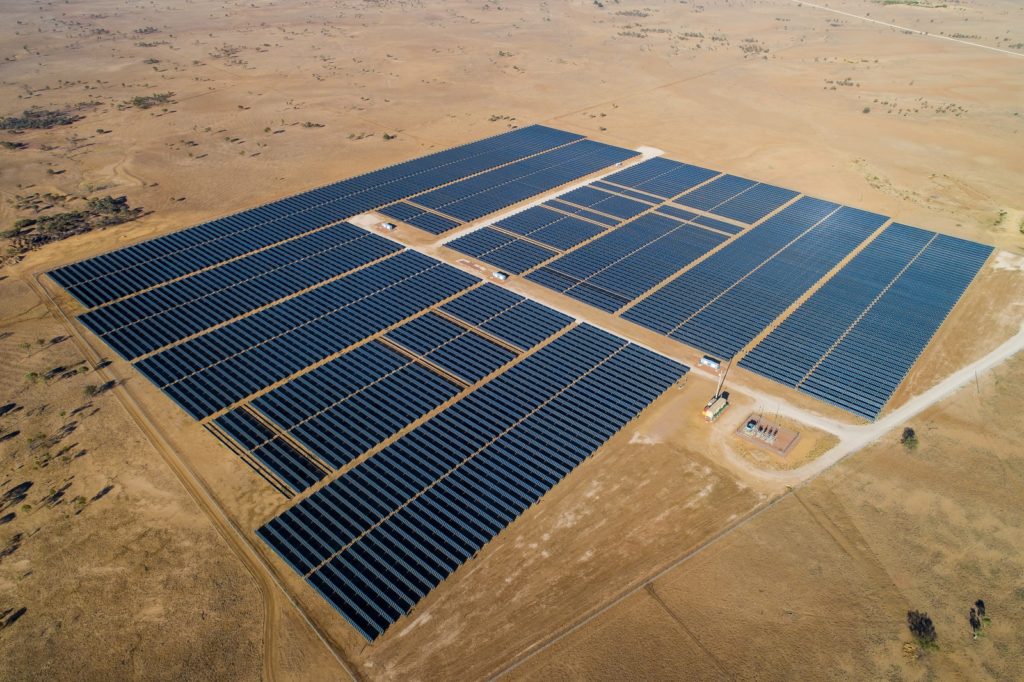
Canadian power generation company TransAlta and mining giant BHP Group have started commercial operations at a solar-plus-storage facility in Western Australia, which will power the latter’s nickel mining operations in the region.
The Northern Goldfields Solar and Battery Facility consists of two solar projects, the 27.4MW Mt Keith solar farm and the 10.7MW Leinster solar project, alongside a 10.1MW battery energy stage system (BESS) at the latter solar farm. The projects are connected to TransAlta’s Southern Cross Energy North network in the Australian state, which now has a combined power generation capacity of 169MW, and the addition of more renewable capacity to the grid will be of benefit to the Australian renewable power sector.
Try Premium for just $1
- Full premium access for the first month at only $1
- Converts to an annual rate after 30 days unless cancelled
- Cancel anytime during the trial period
Premium Benefits
- Expert industry analysis and interviews
- Digital access to PV Tech Power journal
- Exclusive event discounts
Or get the full Premium subscription right away
Or continue reading this article for free
“Nickel is in high demand for batteries and electric vehicles, and this progress is part of our commitment to delivering more sustainable, lower carbon product to our customers,” said BHP Australia president Geraldine Slattery.
“Renewables are increasingly powering BHP operations around the globe and this facility – the first we have built on one of our sites – is another step forward in our plans.”
Slattery said that the company expects the solar project to reduce greenhouse gas emissions at its mines by at least 30%, compared to emissions released during the 2020 financial year, by the 2030 financial year.
BHP also expects the facility to reduce its scope two carbon emissions at the Nickel West mines by 12%. However, the Mt Keith nickel mine alone produces 170,000 tonnes of carbon dioxide annually, and the company made no reference to scope one or three emissions affected by the new solar facility, raising questions as to the effectiveness of projects such as these in curbing the company’s overall emissions.
Indeed, in its 2022 Responsible Mining Index, the Responsible Mining Foundation (RMF) noted that BHP scored significantly higher with regards to environmental commitments than actionable policies. The company received a score of six – the highest available – for its commitments to manage the environmental impacts of its operations, but only received a score of one for its activities to minimise the impacts of climate change on its facilities.
“It’s projects like these that are setting a global standard of what a modern mine looks like, with a big focus on the environment and reducing carbon emissions,” said Bill Johnston, Western Australian minister for mines and petroleum, energy, hydrogen industry and industrial relations.
The news follows a number of announcements made in the Australian solar sector, including the national government’s plans to underwrite 32GW of new renewable power capacity and 5B’s construction of “folding” PV modules at a rural community in the Northern Territory.






